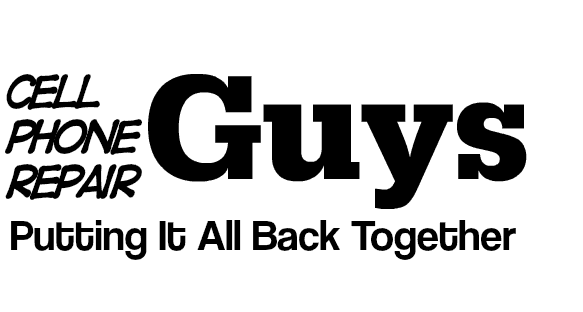Survey forecasts possibly up to 25 million Verizon iPhones in 2011 & 2012
Pent up demand for an iPhone capable of working on Verizon Wireless could result in as many as 25 million new subscribers for the carrier this year, based on interest expressed by US mobile users on all four major mobile providers.
After being the hot rumor for years, the Verizon iPhone is finally nearing availability. Analysts’ expectations for sales have been low across the board however, ranging from guess of 9 to 12 million sales.
However, William Power, an analyst with RW Baird & Co., has reported the potential for 25 million, cautioning, in a reportby Wall Street Journal blogger John Paczkowski, that this is a “directional” number and not a prediction, because it depends on subscribers’ eligibility and would be constrained by Apple’s ability to produce enough handsets.
The number is based on a survey of 1,000 smartphone users across the four major carriers. Most of the number comes from existing Verizon customers, including 25 percent of its current smartphone users (4.8 million) and 29 percent of its feature phone users (19 million) who say they will “probably” or “definitely” switch, resulting in a total of 24.8 million likely buyers within Verizon’s existing fold.
Interestingly, just 5.6 percent of AT&T’s existing iPhone users (less than 2 million) reported that they were interested in switching to Verizon, contradicting the popular notion that most or at least a large portion of Verizon’s iPhone customers will be existing iPhone users jumping ship from AT&T.
AT&T itself has expressed confidence that relatively few of its iPhone users will switch, in part because of being involved in family or business plans that are difficult to change. AT&T also offers faster data service and some features (such as simultaneous voice and data, and global roaming) that are not possible on Verizon’s network with the new CDMA iPhone 4, at least for users who live in spots where AT&T offers good coverage.
Across all carriers, it’s interesting to note that only 11 percent of Verizon’s smartphone customers responded that they would “definitely not” or “probably not” get the new iPhone 4, while half of AT&T users, 54 percent of T-Mobile users, and 78 percent of Sprint smartphone users were similarly negative.
Both Sprint and T-Mobile are focused on selling their new high speed data services, yet a report by the New York Times indicated that a very small percentage of subscribers are paying for smartphones.
According to data from the CTIA trade group, AT&T has the most smartphone users, despite having slightly fewer total subscribers compared to Verizon. AT&T has only a sliver of Android users, in part because it has historically only carried a very low end model, and in part because it has the iPhone.
Verizon has the largest number of US Android subscribers, serving nearly half of Google’s platform in the US. With Verizon poised to direct its resources toward replicating AT&T’s success in converting more of its feature phone users into smartphone users, this portion of the Android installed base is likely to erode quickly.
That leaves Sprint and T-Mobile as the two largest US carriers without (currently) an iPhone they can sell, and thus reliant on Android and other smartphone platforms to drive data subscriptions and pay for their efforts to build out fast new data networks.
iPhone 5 everywhere?
But with Android getting squashed on Verizon, Sprint and T-Mobile will be left with a platform as obscure as their 4G wireless technologies. Sprint is alone in pushing WiMAX, while T-Mobile is building out HSPA+, albeit on radio frequencies unlike most other carriers globally, and incompatible with the existing iPhone.
However, Sprint, like Verizon, can already sell the existing CDMA iPhone 4, something Apple appears to have alluded to in its careful notation that its deal with Verizon was “non-exclusive,” something that was already obvious given that AT&T isn’t losing its iPhone relationship.
Additionally, with Apple expected to move to a Qualcomm “world mode” baseband processor in iPhone 5 and iPad 2, it’s more likely than ever that the company will soon be able to support T-Mobile’s unique 3G frequencies (now being branded as “4G” because they’re now operating faster than early “transitional 4G” networks such as the LTE now being built by Verizon), making it potentially possible (pending carrier agreements) to ship the iPhone across all four major US networks.
Such a move would erase Android’s ability to act as a smartphone driver for data contracts on any network, relegating Google’s platform down into competing against Windows Phone 7, Samsung’s Bada, and embedded, proprietary platforms (like those used by LG’s enV line and most feature phones) for a piece of the low end phone business.

